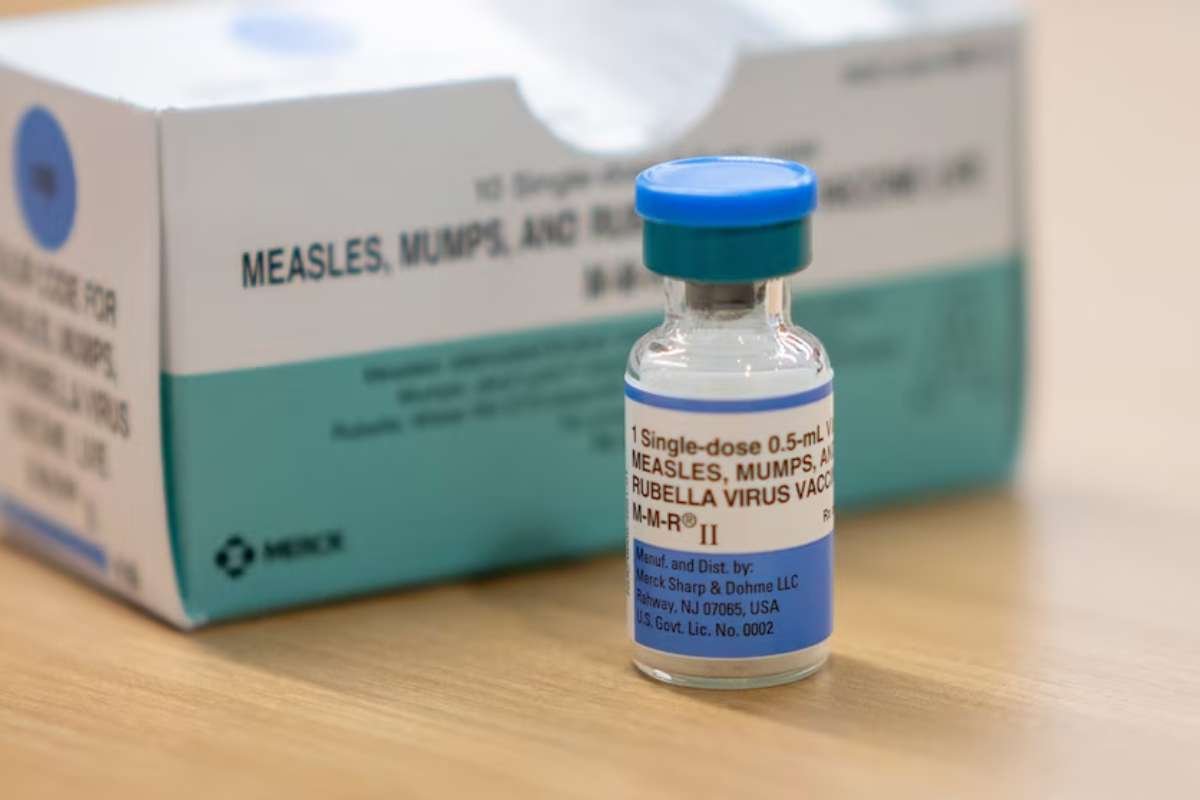Lead and cadmium levels in blood and urine were found to be considerably higher in marijuana users. One of the largest of its kind, the study examined information from more than 7,000 people who took part in the National Health and Nutrition Examination Survey.
The study reveals that marijuana usage is an underappreciated source of such exposure, despite the fact that it was previously hypothesized that cannabis could be a source of metal exposure due to its capacity to scavenge metals from soil. The findings highlight the need for additional study on cannabis usage and pollutants, particularly as cannabis legalization spreads throughout the United States.
Key details
- In comparison to non-users, marijuana users had greater lead concentrations in their blood (1.27 ug/dL) and urine (1.21 ug/g creatinine).
- One of the biggest and most thorough research on this topic to date, the study is the first to evaluate biomarker metal levels in marijuana users.
- More than half of Americans live in states where marijuana use is legal, thus the study raises questions about the lack of federal regulations on cannabis toxins as marijuana use grows more widespread.
The Mailman School of Public Health at Columbia University published research that found elevated amounts of metals in the blood and urine of marijuana users, suggesting that marijuana use may be a significant and underappreciated source of lead and cadmium exposure.
The largest study to date that links self-reported marijuana users to internal measurements of metal exposure rather than only focusing on metal levels in cannabis plants, this is one of the first studies to provide biomarker metal levels among marijuana users.
Doctors see more cases of illness affecting long-term marijuana users
The journal Environmental Health Perspectives publishes the findings online.
Lead levels were considerably higher in blood (1.27 ug/dL) and urine (1.21 ug/g creatinine) measurements among participants who used marijuana exclusively compared to those who did not use marijuana or cigarettes.
“We had hypothesised that marijuana users will have higher metal biomarker levels compared to those who do not use,” said Katelyn McGraw, postdoctoral researcher in Columbia Public Health’s Department of Environmental Health Sciences and the study’s first author. “The cannabis plant is a known scavenger of metals.”
Our findings suggest that marijuana is a cause of lead and cadmium exposure.
The National Health and Nutrition Examination Survey data for the years 2005–2018 was merged by the researchers. A biannual programme of research led by the National Centre for Health Statistics (NCHS) at the CDC, NCHS NHANES is intended to evaluate the health and nutritional status of adults and children in the United States.
The 7,254 survey respondents were divided into four groups by use by McGraw and colleagues: non-marijuana/non-tobacco, exclusive marijuana, exclusive tobacco, and dual marijuana and tobacco use. The blood contained five metals, but the urine included sixteen.
To determine who exclusively used marijuana and cigarettes, the researchers evaluated four NHANES variables: present cigarette smoking, serum cotinine levels, self-reported ever marijuana usage, and recent marijuana use. Individuals who either responded “yes” to the question “do you currently smoke cigarettes?” or who had a serum cotinine level greater than 10ng/mL were considered to have exclusively used tobacco.
In the world, marijuana ranks third in terms of drug use behind alcohol and cigarettes. By 2022, recreational marijuana use will be permitted in 21 states and Washington, D.C., accounting for more than half of the country’s population. Medical marijuana use will also be permitted in 38 states and Washington, D.C.
The FDA and EPA, as well as other federal regulatory bodies, have not provided any guidelines about the regulation of pollutants in any cannabis-containing goods as a result of marijuana’s continued federal criminalization. 48.2 million Americans, or 18% of the population, report consuming marijuana at least once in the previous year as of 2019.
Although inorganic arsenic, cadmium, lead, and total mercury amounts in marijuana products are regulated in 28 states, the regulation levels differ depending on the metal and the state.
According to Tiffany R. Sanchez, PhD, assistant professor of environmental health sciences at Columbia Public Health and senior author, “research on cannabis use and cannabis contaminants, particularly metals, should be conducted to address public health concerns related to the growing number of cannabis users.”
Co-authors include Xin Hu from Emory University School of Medicine, Elizabeth C. Oelsner from Columbia University Irving Medical Centre, and Anne E. Nigra, Joshua Klett, Marisa Sobel, and Ana Navas-Acien from Columbia Public Health.







